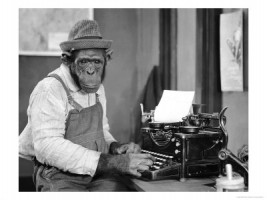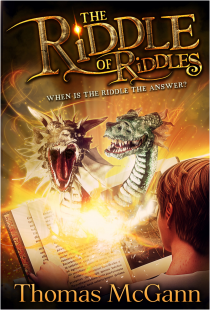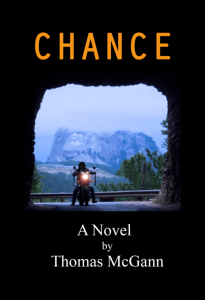This is how I became an author.
I now have a paperback book published with Amazon, along with a Kindle edition. In addition, my book is available on all other devices through Smashwords.
I am an author, and if I can do it so can you.
If you have been following this blog, you will remember that I began this series of posts called “So you want to be an author…” back in March of 2014, although I had started building my website a year earlier. In total, I have been at this for about two years, not counting the time it took me to finish my first draft. That was actually a matter of years in and of itself.
I had no idea what I was doing when I first started writing, other than that I wanted to be an author. Being an author, I had defined, was being published and getting paid for it.
Here is a recap of the posts on my blog that recounts, step by step, how I did it:
- It all started with a discussion about creativity, the soul of writing, followed by an encouragement to write – just write, and write some more. Put aside all distractions. Make time to write and then do just that – write.
- The next step was probably the hardest – rewriting. It’s the hardest because it’s so repetitive. Rewrite, then rewrite, and then rewrite again. Guess what comes after that? Yep, another rewrite.
- Copy editing is a MUST once you’ve finished all those rewrites. When I say “a must,” I mean a must. We all need a professional at this point, not an uncle who writes a column for the local paper, not your old English teacher – a professional – someone to whom you pay money. This step cannot be skipped.
- The following post was about research, about how we learn things we do not know through research. We are incredibly lucky to live in Google world. Research has never been easier. Can you imagine how previous generations had to do research? Trips to libraries, microfiche – remember microfiche? No such thing as hyperlinks back then. We’ve got it easy. Research, research, research. There are lots of dead ends, and no shortcuts. Research!
- Websites. This is really all about marketing, the first step in marketing our books. With 3000+ books published every day, getting noticed is no easy task. A website is the mandatory (IMHO) first step – a combination website/blog that is all about our books and us. We are the brand. Our books are our products. Websites expose both brand and product to the www, whole wide world, or, as it is more commonly known, the world wide web.
- Register your domain name, select a web hosting service (remember research?), and then start building your website. Follow the step-by-step instructions that I followed and you can build one too. It’s actually fun.
- The next step is difficult. It’s not difficult because you have to be super smart, or follow a whole bunch of convoluted instructions. No, it’s difficult because it’s boring. It’s called proofreading. You’ve written and rewritten your manuscript so many times you can probably recite whole sections by heart, but you still need it proofread, and you’ll need to hire someone to proofread it for you. The problem is that you have read your work so often that you’ve gone word-blind. You can no longer see your own mistakes. This step is not as critical as copy editing, so you can get that uncle or English teacher to proofread it – if they are diligent.
Now we are getting closer to publishing, but with whom do you publish? Amazon is the 800 lb gorilla in the publishing business, and is, consequently, probably the best bet. They publish both Kindle and paperback editions, and they dominate the market.
- If you choose Amazon, or any of the other Print On Demand (POD) companies, they will put their own imprint on your work as your publisher unless you form your own publishing company. Forming your own company sets you apart from all the rest of the multitudes out there who are also trying to get noticed – but it is expensive. It is not the setting up of a publishing company that is expensive. That is pretty simple. It is the purchase of your own ISBNs that is costly.
- International Standard Boon Numbers (ISBN) are 13 digit numbers that are internationally recognized identifiers of individual editions of books. They are required for all hardcover and paperback editions of books, and for eBooks in certain situations, e.g. Apple requires an ISBN for its versions of its eBooks. ISBNs are expensive, a single number costs $125, while 10 go for $295. Barcodes are separate and run $25 a piece.
Next is the hardest part in the getting published process. It involves three separate, and quite involved, formatting procedures, one for Kindle, one for paperbacks, and another for eBooks other than Kindle.
I took a vacation at this point. I needed one. My brothers and I took a five-day, 1000-mile motorcycle trip to the Adirondacks. It was a good time for a break, and now is a good time for one too. Stay tuned.![]()







Greetings from Idaho! I’m bored to death at work so I decided to browse your website on my iphone during lunch break.
I love the knowledge you provide here and can’t wait to
take a look when I get home. I’m amazed at how fast your blog
loaded on my mobile .. I’m not even using WIFI, just 3G ..
Anyhow, fantastic blog!
Thank you. The final post in the three part “This is how I became an author” will be published later this week. Thanks again.